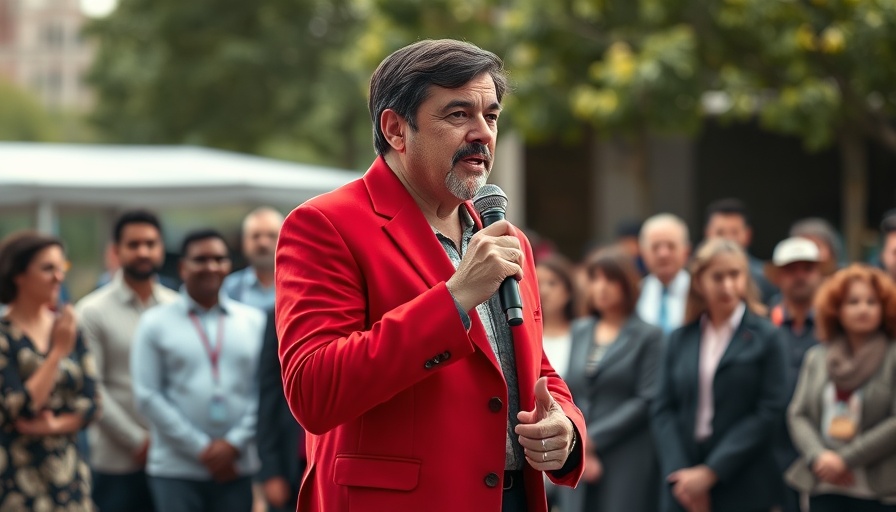
Introduction: A Community Divided Over Balboa Park Parking Fees
The recent proposal to implement parking fees at Balboa Park has stirred significant debate among San Diego residents. With millions spent on infrastructure and city projects that divided public opinion, many are apprehensive about the newfound charges. This picturesque park is a treasured venue for recreation and cultural activities, and the prospect of paying for parking has raised concerns about accessibility and fairness.
Public Concerns: Voices of Dissent
Feedback from local residents reflects a growing frustration over the city's fiscal policies. Sari Camacho, a San Carlos resident, highlights how prior expenditures, such as investments in bike lanes and a controversial waste management fee, have not lived up to public expectation. "Millions spent on bike lanes that benefit a very few...and now city leaders want us to pay for all of that by charging to enjoy the most beautiful spot in our city," she states. Camacho’s plea embodies a widespread sentiment that rather than enhancing the park's accessibility, the parking fee may create additional financial burdens.
For vs. Against: A Divergent Perspective
Conversely, H. Michael Arrighi, who lives near the park, supports the idea of parking charges, but insists on a focused approach. He argues that the goal should be to regulate congestion rather than simply generate revenue. Providing a dynamic pricing model based on demand—that accounts for factors like the time of day and seasonal events—could lead to better outcomes for park visitors and neighbors alike. Arrighi warns, however, that without addressing the possibilities of displacement, the city could find its neighboring communities overwhelmed by parked vehicles.
Potential Impacts on Neighborhoods
The concern over parking displacement is significant. Arrighi notes that savvy park-goers may opt to park in nearby residential areas to avoid fees, leading to overcrowded streets. This relocation of parked cars could infringe on local residents' rights to accessible parking in their neighborhoods, exacerbating tensions between visitors and residents. As municipal leaders assess the situation, understanding these ripple effects is crucial for creating a balanced solution.
Insights for City Leaders: A Balanced Approach?
Ultimately, city officials must tread carefully. Residents cannot simply brush aside the need for better management of park resources. Instead, community engagement could foster a collaborative atmosphere where potential solutions are sought together. Options could include establishing clear communication with residents and creating a parking management plan that ensures local voices are heard.
Conclusion: The Community's Voice Matters
The divisive discussion over parking fees echoes larger issues of urban planning and community engagement. Balboa Park, beloved for its natural beauty and cultural offerings, symbolizes more than just a recreational area. As residents voice their concerns, it becomes clear that city officials must take a nuanced approach that respects both park lovers and surrounding neighborhoods. By opening dialogue and rethinking strategies, it is possible to arrive at a solution that enhances community satisfaction while also managing public space efficiently.
Call to Action: Engage with your local city council representatives about your opinions on Balboa Park's parking situation. Advocate for community-driven solutions that enhance accessibility while maintaining the charm of this beloved San Diego landmark.
 Add Row
Add Row  Add
Add 




Write A Comment